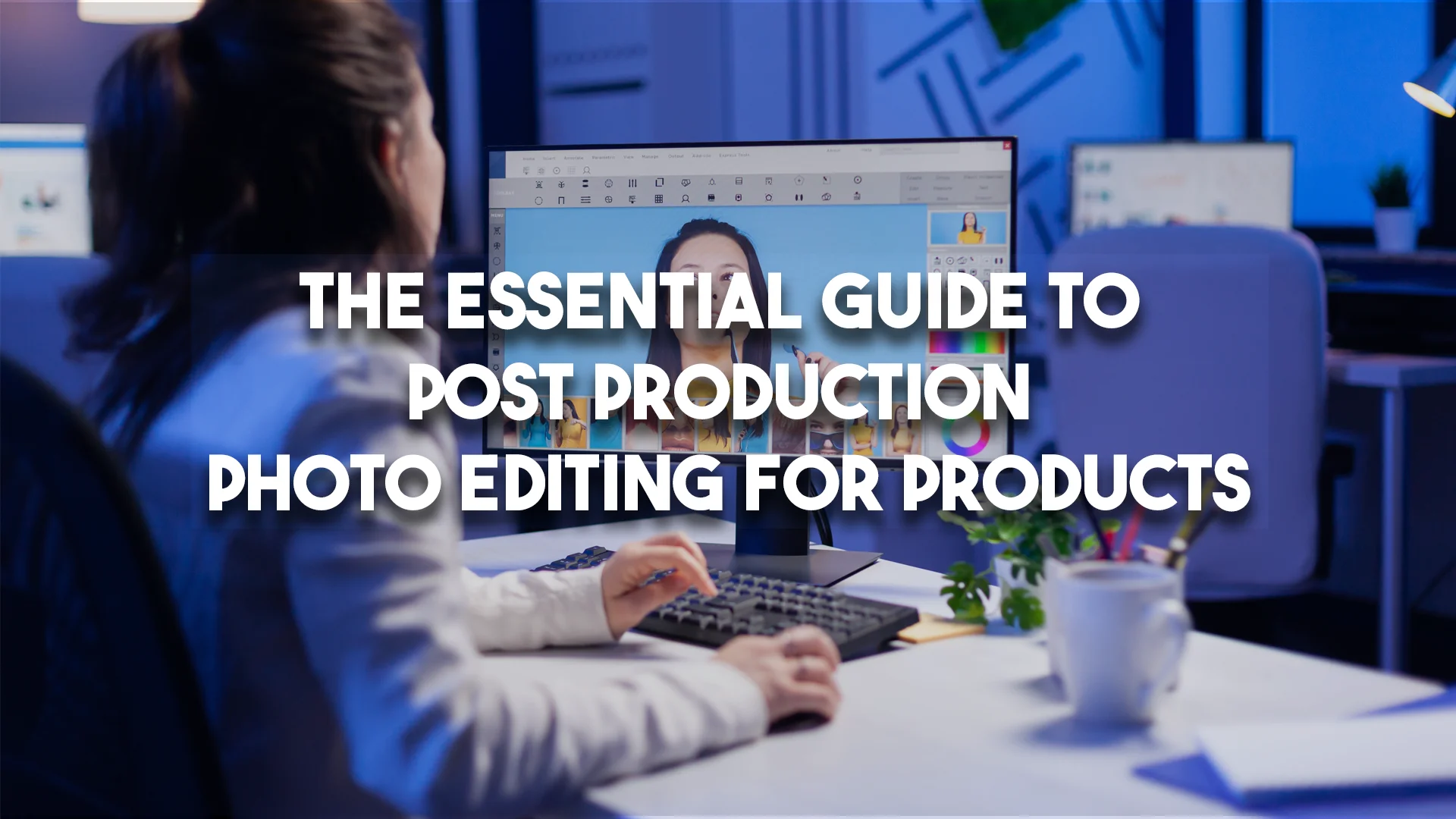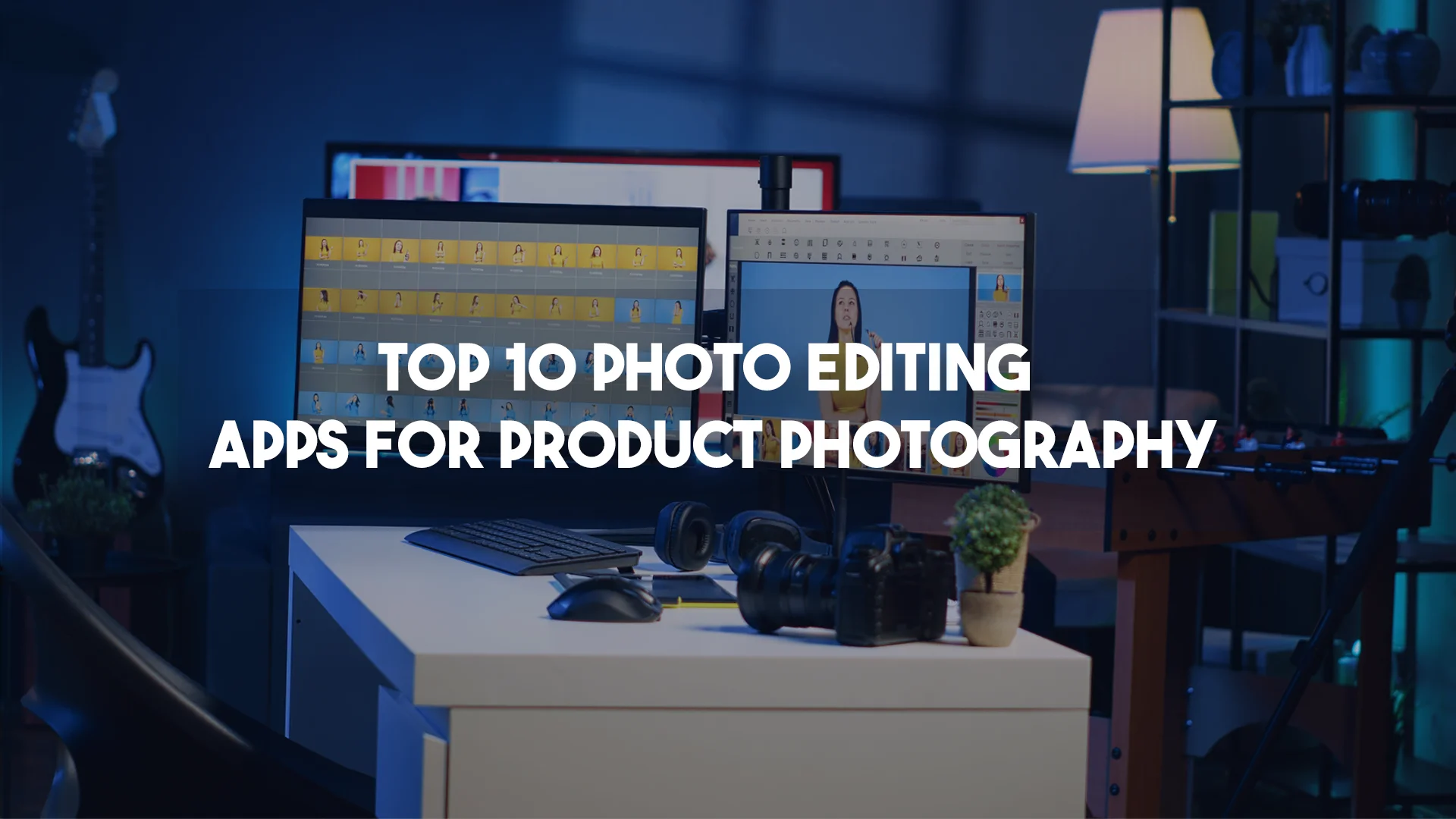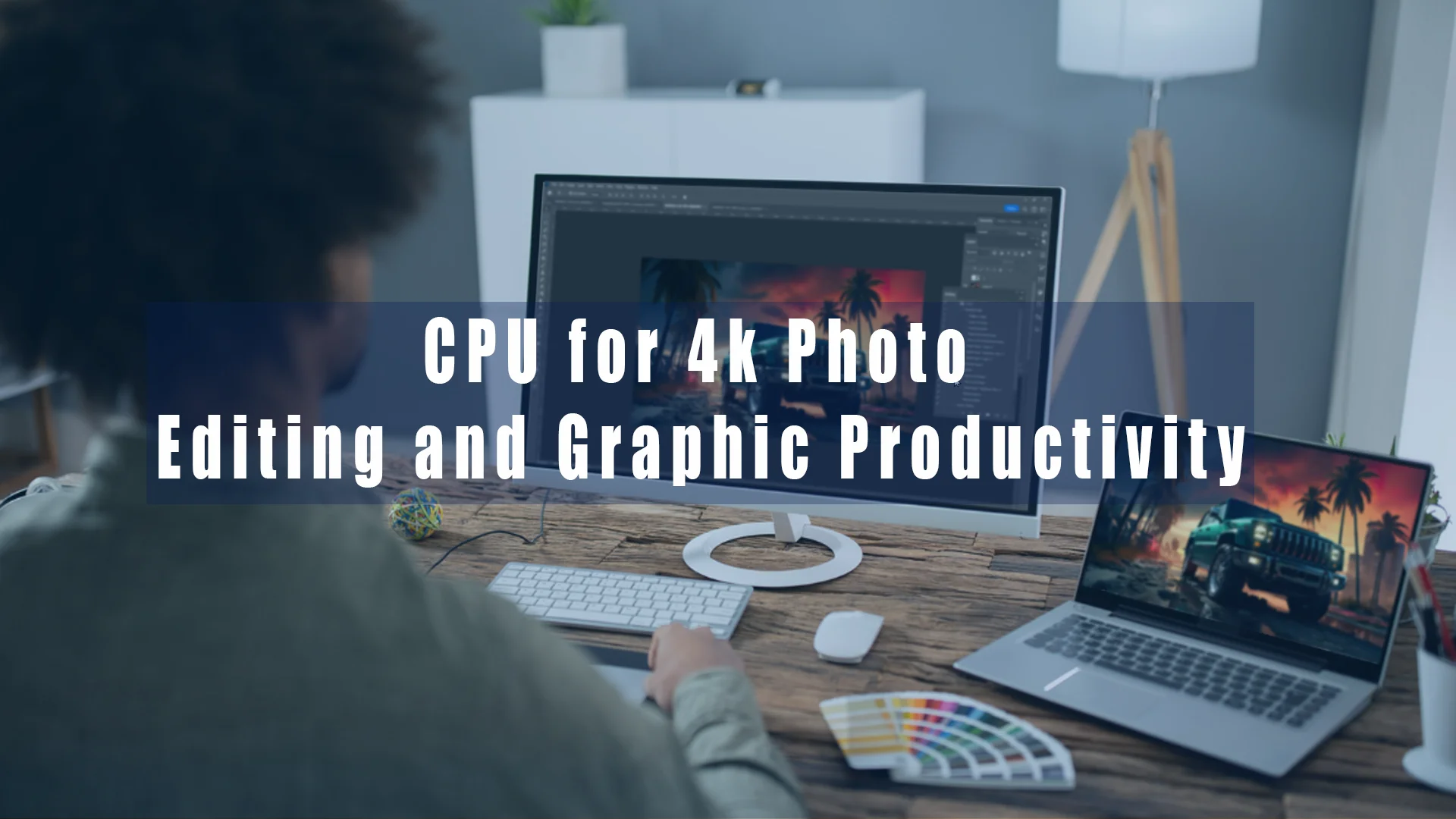Product photos with a light cube represent a special challenge for the photographer. Due to a high-contrast background, most of the objects to be photographed are photographed razor-sharp in advance. Therefore, these shots usually do not have to be elaborately post-processed with a photo editing program. Nevertheless, it may be necessary to use these tools in some cases.
One of the most important tasks is, for example, making exposure compensation. Normally, when photographing in a light tent, no flashlight is used. For this purpose, the lateral and, if necessary, front or rear photo lights are available and should evenly illuminate the cube’s inside. In particular, the inexpensive entry-level sets offer only simple photo lights, which can not always guarantee optimal illumination. The images can be corrected with little effort with suitable photo editing software to achieve excellent photo results.
The procedure Photo Post-Processing
First, the product photos must be read from the camera into the computer. Either the camera’s memory card is inserted into the computer’s card reader, or the camera is connected directly to the PC with a USB cable. If the images are on the computer’s hard disk, they can be edited by almost any photo editing software. Most programs offer basic functions, so you do not automatically resort to high-priced professional programs. Very popular are, for example, the programs Adobe Photoshop or PhotoImpact.
But also, numerous free photo editing programs can do the basic tasks. An important point would be, for example, the tonal correction. This is the right balance of the light and dark levels of a black and white or color image. For example, gray backgrounds, which should be snow-white, are adjusted accordingly. Most photo editing programs offer this function and can be activated with a simple mouse click. Also, with such software, certain color tones can be emphasized intensively. This is usually useful if the actual object, with its basic color, cannot be staged conspicuously enough. However, disturbing backgrounds or minor impurities on the surface of a photographed product can also be removed after the fact. Many programs offer a so-called “correction brush.” The color of the object’s surroundings is used to make up for parts of the image that aren’t clear.
What else is photo editing software needed for?
In addition to correcting an image, most programs can also save the image in another file format. For example, a JPG file becomes a GIF file or a PNG file. But not only the format is of interest, but often also the actual file size. In many cases, the product photos must be integrated into the website.
Modern cameras generate high-resolution objective image files, often several megabytes in size. Of course, this leads to longer loading times for the image on a website. Therefore, most photo editing programs can convert the images to a smaller image format. The original photo is calculated down to a certain pixel size. With this process, almost no loss of quality occurs.
Post processed with photo editing
The so-called podium effect occurs only with very old digital cameras with a low resolution when enlarging an image. This would result in a slight blur. However, when you use modern cameras to take product photos, this problem doesn’t happen when you want to cut the size of the photos.




